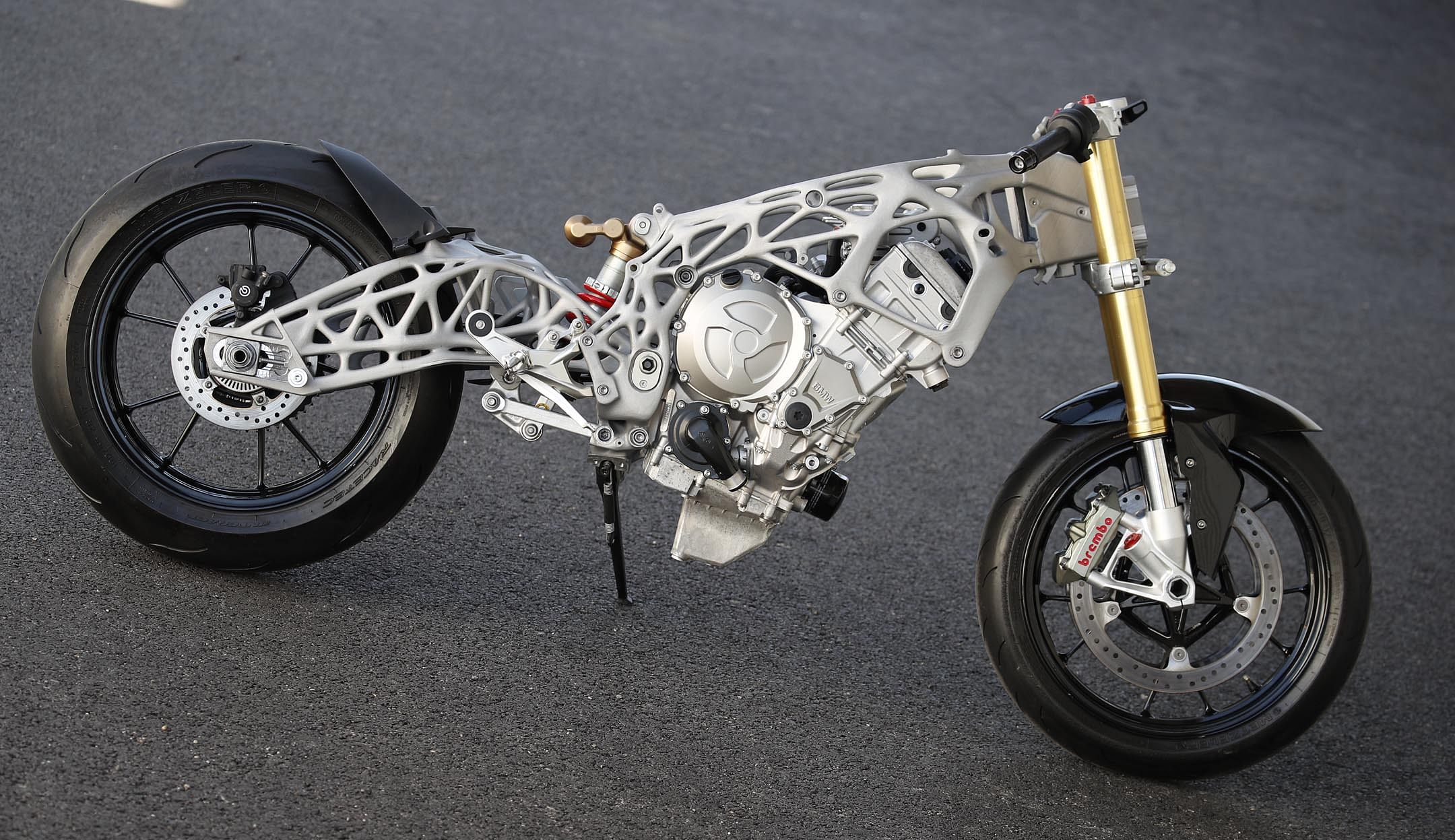BMW Motorrad reveals self-riding R 1200 GS
Not only does the R 1200 GS independently ride off but it accelerates, circles a winding test track and independently slows down to a stop. The aim of the prototype is to gather additional knowledge with regard to riding dynamics to detect dangerous situations early on.
BMW Motorrad revealed its first autonomous motorcycle earlier this month at the BMW Motorrad Techday 2018. A BMW R 1200 GS made its first rounds in front of assembled journalists, at the BMW Group testing ground in Miramas, southern France. Developed by graduate engineer Stefan Hans and his team, the vehicle independently rides off, accelerates, circles a winding test track and independently slows down to a stop.
BMW Motorrad, as a driver for technical innovations in the field of motorcycling, is by no means aiming for a completely independent motorbike. Rather, it says, the underlying technology should serve as a platform for development of future systems and functions to make motorcycling even safer, more comfortable and increase the riding pleasure.
The aim of the prototype is to gather additional knowledge with regard to driving dynamics in order to detect dangerous situations early on and thus support the rider with appropriate safety systems while turning at intersections or when braking suddenly, for example.
In addition to this impressive outlook on increased riding pleasure and safety, BMW Motorrad presented many more exciting technology projects. Luminous motorcycle headlights from cornering lights to laser headlights were highlights as well as a motorcycle frame manufactured completely using a 3D printing process, including a rear swinging arm.

As with the development of its autonomous motorcycles, BMW Motorrad here too has utilised synergies with BMW automobiles – this manufacturing process has already made its way into series production for various vehicles. The advantage of 3D printing lies in the complete freedom of designing components that could not be produced in other ways.
The innovative processes used in the production of motorcycle chassis components, such as frame, swinging arm and wheels are made from the lightweight, yet high-strength material carbon - already industrially manufactured in the BMW HP4 RACE - further demonstrating BMW Motorrad’s technical competence and excellence in this field. With the goal of maximum innovation and highest possible quality, BMW Motorrad and BMW Automobile have a close alliance in this field too, where this material has long been used in series production.
RELATED ARTICLES
Forvia Appning and 4screen partner to transform the onboard experience
The partnership aims to enrich the driver and passenger experience by providing personalized and contextual recommendati...
ZF unveils next-gen intelligent chassis sensor
Upgraded version’s integrated accelerometer enables even more precise detection of relative motion in three dimensions a...
First BYD EV rolls off the line at new plant in Brazil
Chinese EV maker takes just 15 months from breaking ground to producing the Dolphin Mini, the first locally manufactured...





 By Autocar Professional Bureau
By Autocar Professional Bureau
 21 Sep 2018
21 Sep 2018
 9223 Views
9223 Views














